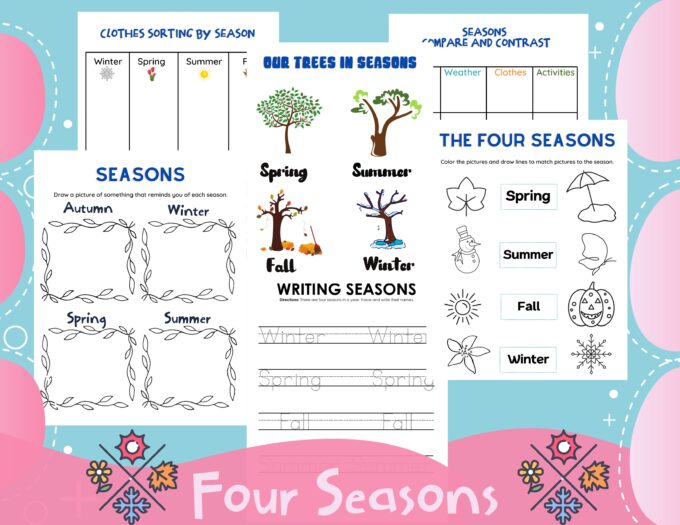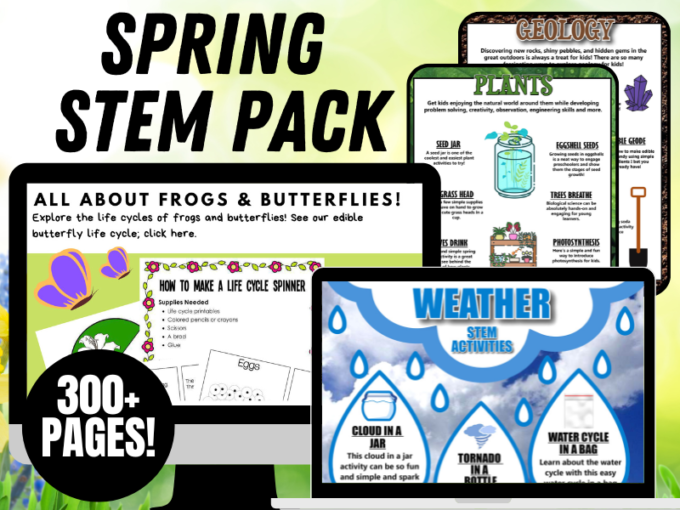Get ready for a fantastic journey through the four seasons! In this post, we’ll share our FREE Four Seasons Fun Pack and Unit Study Guide and dive into the wonderful world of spring, summer, fall, and winter. Buckle up as we explore the unique characteristics of each season, the weather changes, the types of clothes we wear, and the fun activities we can enjoy throughout the year! Whether you’re a parent or teacher, your young learners will love these FREE educational materials!
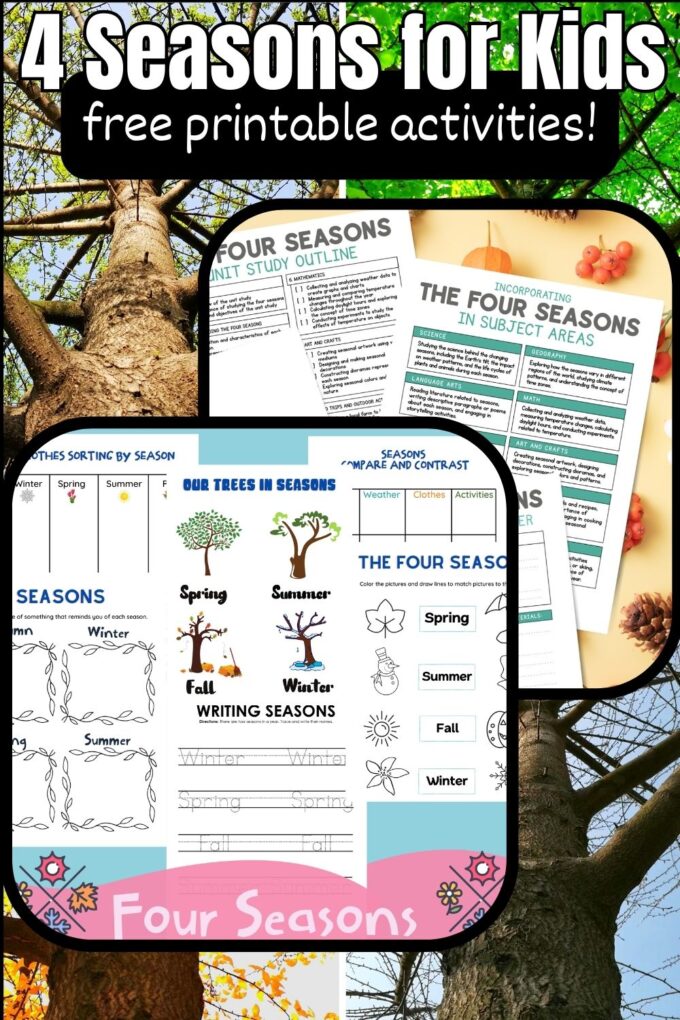
So, Why Are There Seasons?
Think of the seasons as Earth’s way of keeping life interesting. Without them, every day might seem the same! Seasons make our world more exciting – they let us enjoy things like beautiful flowers blooming, playing in the snow, and the warm colors of fall.
You see, Earth is like a spinning top as it moves around the sun, and it wobbles a bit. This wobble is what gives us seasons. So, the next time you feel the sun’s warmth or watch snowflakes falling, remember it’s all part of our amazing journey on Earth, and the seasons are like our planet’s special dance!
Four Seasons Tree Activity
Try this fantastic tree art inspired by Wassily Kandinsky! Cut out four trees and leaves, each representing a different season. Create a fun background to match each season. Or try this LEGO stamping tree art and use different colored paint to represent different seasons.
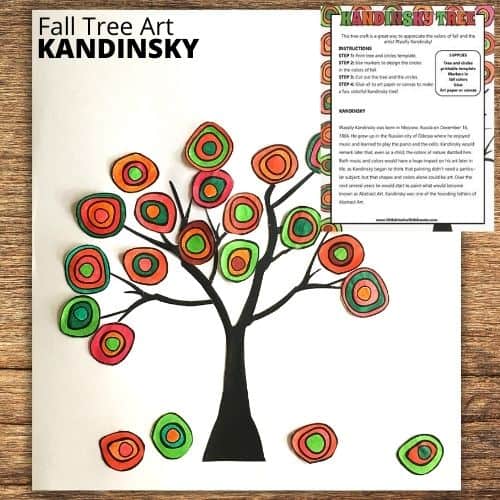

Benefits of Seasonal Activities
These interactive worksheets are a fun way to teach kids about the different seasons! Here are more reasons to love these seasonal activities:
- Different Seasons: Kids can learn about the different seasons of the year. They’ll discover why leaves change colors, why it gets chilly in winter, and how the weather affects our clothing choices.
- Different Cultures: Kids can learn about the different holidays and celebrations during each season of the year in various cultures.
- Real-Life Applications: Kids can experience real-life seasons and how they affect us. These printable activities are a great way to encourage kids to get outside and experience the seasons in real time!
- Learning Made Fun: With these worksheets, learning about the seasons becomes an exciting adventure rather than a boring task.
- Perfect for All Age Groups: Whether kindergarten students or those in 2nd grade, kids of all ages can benefit from learning about the seasons!
What Causes Seasonal Changes?
Imagine Earth as a spinning top with a little tilt – like it’s leaning to the side. This tilt, called the “axis,” gives us our seasons. Think of it like shining a flashlight at a ball. It’s in the middle when you point the light straight at it. But if you tilt the flashlight, the light hits the ball at an angle, just like the sun’s light hits Earth.
Now, picture Earth doing a graceful dance around the sun. Because of that tilt, different parts of our planet get varying amounts of sunlight during the year, creating the seasons we love – spring, summer, autumn, and winter.
In spring, Earth leans a bit toward the sun. Sunlight comes straight at you, and it gets warmer. Flowers bloom, trees wake up, and everything comes to life.
Summer follows when Earth keeps moving, and you get an even cozier Sun hug. Days are long, perfect for outdoor fun and ice cream.
Then, as Earth travels a bit more, the sun’s rays reach you at a different angle, and it starts to cool down. Trees change colors, and leaves fall, making it autumn or fall.
Finally, in winter, with Earth’s continued journey, the sunlight comes at a slant. It’s not as warm, and the days are shorter. It’s time for snow, snowmen, and cozy firesides.
And that’s how Earth’s tilt and its dance around the sun bring us the wonderful seasons we enjoy!
How the Equator Affects the Order of the Seasons
Imagine the Earth as a giant spinning top, and right in the middle of this top, there’s a special line called the equator. This line gets the same amount of sunlight all year because it’s perfectly balanced between leaning toward or away from the sun.
So, places near the Equator enjoy pretty consistent warm temperatures throughout the year – they don’t have the big seasonal changes like areas closer to the North and South Poles.
Now, Earth’s journey around the sun gives us four special days we can think of as Earth’s birthday presents from the sun.
- Summer Solstice: Picture this around June 21st. It’s like the North Pole is giving the sun a big, sunny hug because it leans toward the sun the most. This day has the most sunlight of the year in the northern hemisphere, and it’s when summer officially starts.
- Winter Solstice: Fast forward to around December 21st, and it’s the opposite. The North Pole leans as far away from the sun as possible, making it the shortest day of the year in the northern hemisphere, and winter officially begins.
- Spring Equinox: When March 21st comes along, Earth’s tilt doesn’t lean toward or away from the sun. On this day, daytime and nighttime are almost the same length everywhere. That’s when spring officially begins – it’s like a balance between light and dark.
- Autumn Equinox: Finally, consider September 21st, when day and night are almost equal in length everywhere on Earth. This marks the beginning of autumn – a season where things start to cool down.

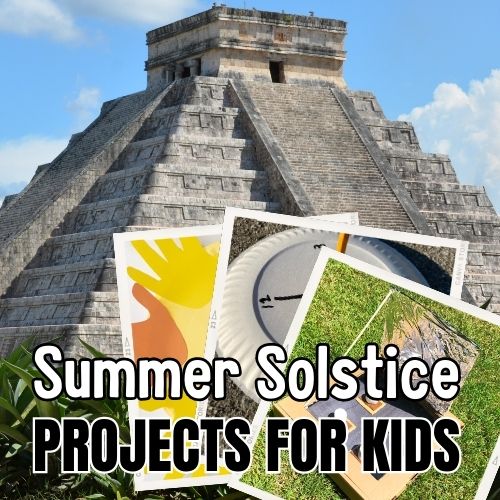
Tip for Incorporating These FREE Seasons Worksheets
Incorporate into lesson plans: Whether you’re a teacher or student, you can align these activity sheets with your lesson plans. For example, if you’re in a weather unit, throw in these printable worksheets as a fun activity!
What’s Included In These Four Seasons Worksheets?
- Characteristics of each season: Kids can learn about what happens during each season, like the weather, holidays, the months of the year each season occurs, and the time of the year each season occurs.
- Names of the seasons: Kids can learn what each season is called and what the word looks like.
- Writing seasons: Kids can practice their fine motor skills by writing the name of the season.
- Tree scene: This activity shows what a tree looks like during each season.
- Compare and contrast seasons: Kids can compare and contrast each season according to weather, clothes, and activities.
- Analyzing seasonal clothing: Kids can sort clothes by season.
- Drawing a picture of what each season might look like according to each student: Kids can draw something that reminds them of each season.
- Matching seasons to pictures: Kids can look at different pictures and draw a line to match each picture to the correct season.
- Homeschool Four Seasons Unit Study Outline: For older kids, this outline consists of exploring seasonal colors and weather patterns through arts and crafts, collecting and analyzing weather data, learning about how the Earth’s tilt affects distinct seasons, and discussing literature related to seasons.
Free Printable 4 Seasons Activity Pack
Free Printable Seasons Worksheets
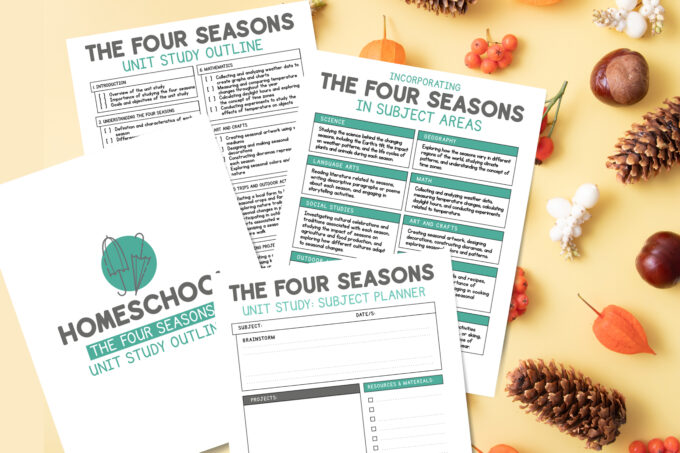
Book Ideas for Changing Seasons
Explaining why there are seasons to young kids can be a fun and educational experience. Here are some book titles that can help young children understand the concept of seasons:
“The Reasons for Seasons” by Gail Gibbons: This informative and beautifully illustrated book offers a simple and clear explanation of why we have seasons.
“Why Do Seasons Change?” by Melissa Stewart: This book uses age-appropriate language and colorful illustrations to help young children understand the science behind seasonal changes.
“Seasons” by Anne Crausaz: This book explores the concept of seasons through a visually engaging and minimalist design, making it accessible to young readers.
“What Makes the Seasons?” by Megan Montague Cash: Using a playful and imaginative approach, this book helps young kids understand the causes of seasonal changes.
“Why Do Leaves Change Color?” by Betsy Maestro: While focused on the changing colors of leaves in the fall, this book also provides insight into the science of seasons.
“A Tree for All Seasons” by Robin Bernard: This book follows the changes in a tree throughout the year, offering a simple and relatable way to discuss the seasons with young children.
“Explore Winter” by Maxine Anderson: This interactive book not only explains why we have seasons but also includes hands-on activities and experiments related to winter.
“A Kid’s Guide to the Four Seasons” by Jo S. Kittinger: This book provides an overview of the four seasons, discussing their characteristics and the reasons for their existence in an engaging manner.
“Seasons! Science with Simple Things” by Antonia Banyard: This book offers hands-on experiments and activities that help children understand the science behind the changing seasons.
“My First Science Book: The Seasons” by Andi Diehn: Geared toward young children, this book introduces the concept of seasons through simple text and colorful illustrations.
More Fun Seasonal Activities For Kids
Check out more tips and season activities here.
- Spring Science Activities
- Summer Science Activities
- Fall Science Activities
- Winter Science Activities
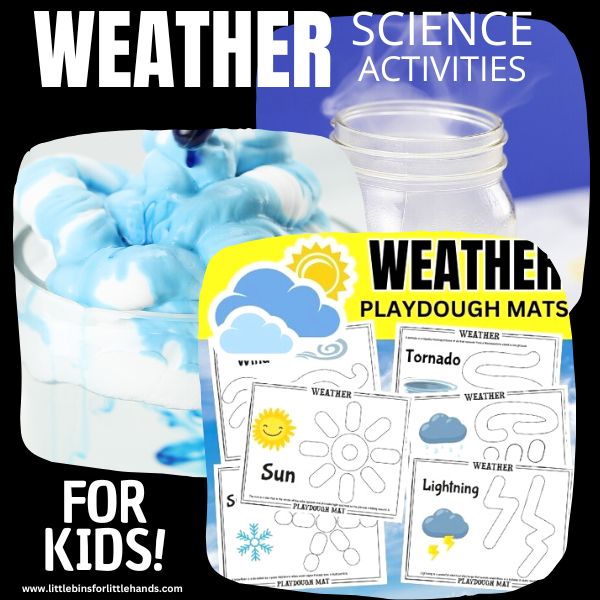


Printable Spring STEM Pack
If you’re looking to grab all of the worksheets and printables in one convenient place plus exclusives with a spring theme, our 300+ page Spring STEM Project Pack is what you need! Weather, geology, plants, life cycles, and more!


